- Preparing Your Rose Bush for Winter: Tips for Success
- 1. Clean and Prune
- 2. Mulch
- 3. Wrap and Cover
- 4. Stop Fertilizing
- 5. Water Wisely
- 6. Check for Pests and Diseases
- 7. Consider Winter Protection Products
- Prune Your Rose Bush
- 1. Timing
- 2. Tools
- 3. Steps
- 4. Additional Tips
- Remove Dead or Diseased Canes
- Mulch Around the Base
- Wrap and Protect the Canes
- Stop Fertilizing
- Water the Plant Thoroughly
- Clean Up Fallen Leaves
- Monitor and Control Pests
- Inspect Regularly
- Remove Infected Leaves and Prune Affected Areas
- Use Organic Pesticides
- Take Preventive Measures
- Consult a Professional
- Summary
- Questions and Answers:
- How should I prepare my rose bush for winter?
- When is the best time to prepare my rose bush for winter?
- Why is it important to prepare my rose bush for winter?
- Can I use any type of mulch to protect my rose bush during winter?
- Should I continue watering my rose bush during winter?
- Videos: When And How To Prune A Rose Bush
As the cold winter months approach, it’s important to take the necessary steps to prepare your rose bush for the harsh conditions ahead. Proper winter preparation will not only protect your rose bush from damage, but it will also ensure its health and vitality when spring arrives. In this article, we will explore some essential tips for preparing your rose bush for winter.
1. Prune
One of the first steps in preparing your rose bush for winter is to give it a proper pruning. This will help remove any dead or diseased wood and promote healthy growth in the spring. Start by removing any dead or weak stems, as well as any branches that are crossing or rubbing against each other. Pruning will also help shape the rose bush and encourage more abundant flowering in the coming season.
2. Mulch
Another important step is to apply a layer of mulch around the base of your rose bush. Mulch acts as insulation, helping to protect the roots from freezing temperatures. It also prevents weeds from growing and helps retain moisture in the soil. Apply a thick layer of organic mulch, such as wood chips or straw, around the base of the rose bush, making sure not to cover the crown of the plant.
3. Protect
Finally, take measures to protect your rose bush from frost and cold winds. You can use a protective cover, such as burlap or a frost blanket, to shield the plant from extreme weather conditions. Be sure to secure the cover tightly but not too tightly, allowing for some air circulation. You can also create a windbreak by building a barrier using stakes and burlap or by planting shrubs or trees to provide shelter. These precautions will help prevent damage to the sensitive tissue of your rose bush.
By following these tips for preparing your rose bush for winter, you can ensure that it survives the cold months and thrives in the coming season. Remember to start early and take the necessary steps to protect your rose bush before the first frost arrives. With proper care and attention, your rose bush will reward you with beautiful blooms year after year.
Preparing Your Rose Bush for Winter: Tips for Success
As winter approaches, it is important to prepare your rose bush for the colder months to ensure its survival and health. Here are some tips to help you successfully winterize your rose bush:
1. Clean and Prune
Begin by removing any dead or diseased branches from your rose bush. This will help prevent the spread of disease and allow the plant to put its energy into surviving the winter. Use clean pruning shears to make sharp, angled cuts just above a bud or leaf.
2. Mulch
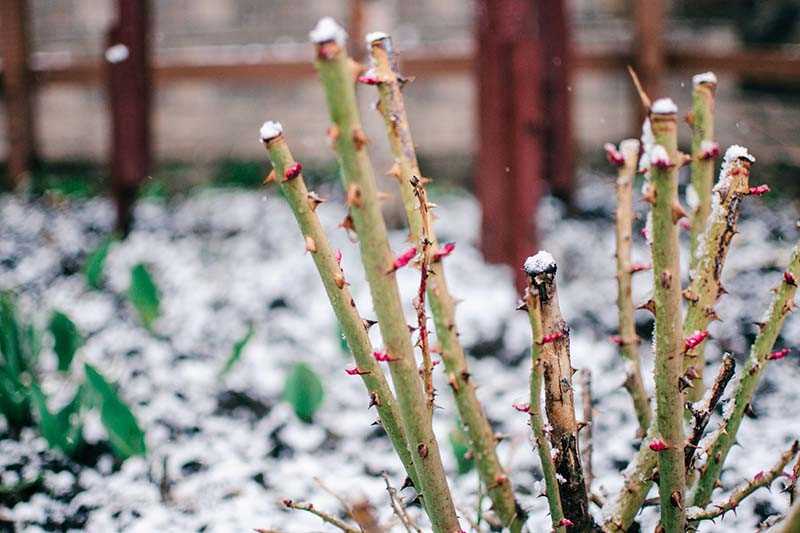
Apply a layer of mulch around the base of your rose bush to provide insulation and protection during the winter. Mulch helps to regulate soil temperature and retain moisture, keeping the roots of the plant healthy. Use organic materials such as straw, dried leaves, or wood chips.
3. Wrap and Cover
If you live in an area with harsh winters, consider wrapping your rose bush in burlap or a protective cover. This will shield the plant from harsh winds and extreme temperatures. Be sure to secure the cover tightly to prevent it from blowing off.
4. Stop Fertilizing
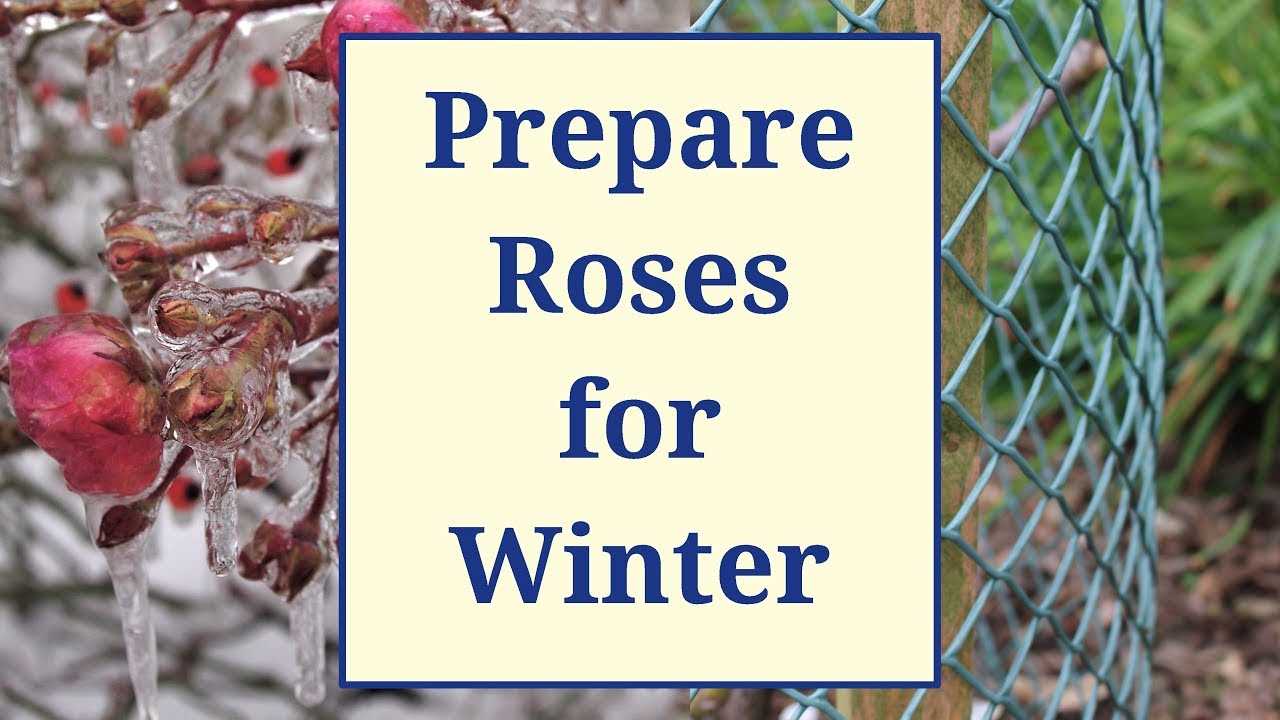
Stop fertilizing your rose bush in late summer or early fall. This will give the plant time to harden off before winter. Fertilizing late in the season may encourage new growth that is more susceptible to cold damage.
5. Water Wisely
Continue to water your rose bush deeply and thoroughly until the ground freezes. This will help the plant stay hydrated and withstand the winter months. Avoid overhead watering, as wet foliage can lead to disease.
6. Check for Pests and Diseases
Inspect your rose bush for any signs of pests or diseases before winter. Treat any issues accordingly to prevent them from worsening or spreading. Common rose pests include aphids, spider mites, and Japanese beetles.
7. Consider Winter Protection Products
If you are concerned about the extreme cold or harsh weather conditions in your area, consider using winter protection products specifically designed for roses. These products can provide an extra layer of insulation and shield your rose bush from the elements.
By following these tips, you can ensure that your rose bush will survive the winter and come back strong and healthy in the spring. With proper care and preparation, you can enjoy beautiful blooms year after year.
Prune Your Rose Bush
Pruning your rose bush is an essential step in preparing it for winter. Proper pruning will remove any dead or diseased wood, promote air circulation, and help the plant conserve energy during the dormant period.
1. Timing
It is best to prune your rose bush in late winter or early spring, just before new growth starts to emerge. This allows the plant to enter dormancy and reduces the risk of winter damage.
2. Tools
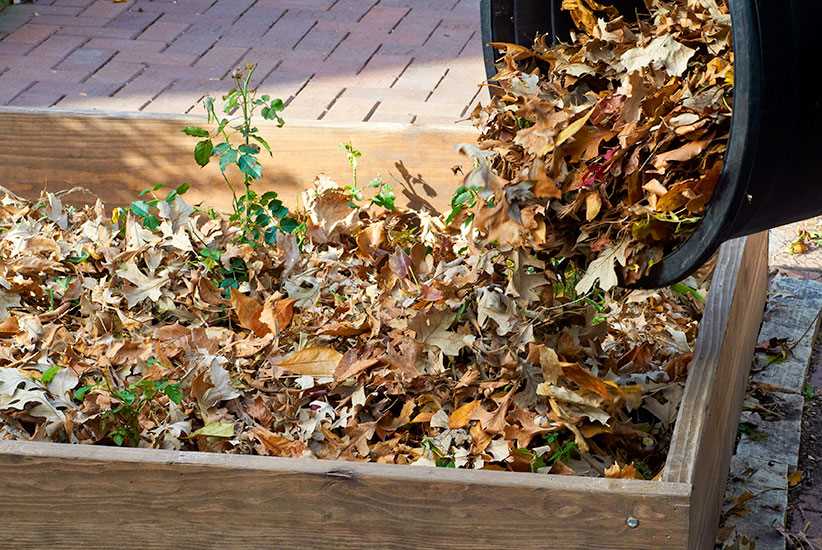
- Sharp pruning shears: Use clean and sharp pruning shears to make clean cuts and avoid damaging the plant.
- Gloves: Wear gloves to protect your hands from thorns and potential infections.
- Garden disinfectant: Clean your pruning tools with a garden disinfectant before and after each use to prevent the spread of diseases.
- Start by removing any dead, damaged, or diseased canes. Make clean cuts at a 45-degree angle just above an outward-facing bud or a node.
- Next, remove any crossing branches or branches that are growing towards the center of the plant. This will improve air circulation and prevent diseases.
- Thin out the bush by removing any weak or spindly growth. This will allow more sunlight to reach the center of the plant.
- Finally, shape the rose bush by pruning the remaining canes to the desired height and shape. Aim for an open, vase-like structure that allows air and sunlight to reach all parts of the plant.
- After pruning, clean up any debris and dispose of it properly to prevent the spread of diseases.
- Always make clean cuts and avoid tearing or crushing the plant tissue.
- Remove any fallen leaves or debris from the base of the plant to minimize the risk of diseases.
- Apply a layer of mulch around the base of the rose bush to insulate the roots and protect them from frost.
- Consider applying a dormant spray or horticultural oil to prevent overwintering insects and diseases.
- Put on a pair of gardening gloves to protect your hands.
- Inspect the canes of the rose bush carefully.
- Identify any canes that are dead or show signs of disease.
- Using a pair of sharp pruning shears, make a clean cut at the base of each dead or diseased cane. Aim to cut at a 45-degree angle, about 1/4 inch above a healthy bud or dormant bud eye.
- Dispose of the removed canes in a compost bin or trash bag. Do not leave them on the ground near the rose bush, as this can encourage the spread of diseases.
- After removing the dead or diseased canes, take a moment to assess the overall shape and structure of the rose bush. If necessary, prune any remaining canes to promote an open and balanced form.
- Clean the area: Before mulching, make sure to remove any weeds or debris from around the base of the plant. This will help prevent pests and diseases from spreading.
- Choose the right mulch: Use a mulch that will provide insulation and moisture retention, such as wood chips, straw, or shredded leaves. Avoid using mulches that can compact and suffocate the roots.
- Apply the mulch: Spread a layer of mulch around the base of the rose bush, extending it out about a foot from the plant. Make sure the mulch is not touching the stem of the plant, as this can cause rotting.
- Monitor moisture levels: During the winter months, check the moisture levels of the soil regularly. Mulch helps to retain moisture, but be careful not to let the soil become waterlogged.
- Remove the mulch in spring: As the weather warms up in spring, gradually remove the mulch from around the base of the rose bush. This will allow the soil to warm up and prevent the mulch from smothering the plant.
- Prune the canes: Before wrapping the canes, prune them to remove any dead or damaged wood. This will help promote new growth in the spring.
- Gather supplies: Prepare the necessary supplies, including burlap or frost cloth, twine or plant ties, and a pair of pruning shears.
- Wrap the canes: Start by wrapping the burlap or frost cloth around the canes, making sure to cover all the branches. Secure the wrap in place using twine or plant ties. Be careful not to tie the wrap too tightly, as this may damage the canes.
- Protect the graft union: If your rose bush has a graft union (a swollen area near the base of the plant where two different rose varieties are joined), it is important to protect it from freezing temperatures. Cover the graft union with an extra layer of burlap or foam insulation.
- Mulch around the base: Finally, apply a layer of organic mulch around the base of the rose bush. This will help insulate the roots and provide additional protection during the winter.
- Deep watering: Give the rose bush a thorough deep watering a week before the first frost. This will help the roots absorb enough moisture and prepare the plant for the dormant period.
- Avoid overwatering: While it is important to water the plant before winter, be cautious about overwatering. Excessive moisture can lead to root rot and other diseases. Ensure that the soil is well-drained.
- Watering frequency: During the winter months, the rose bush requires less frequent watering. Monitor the soil moisture and water only when it feels dry. Avoid watering if there is rain or snowfall in your area.
- Use mulch: Apply a layer of mulch around the base of the rose bush to help retain moisture in the soil. Mulch will also provide insulation and protect the roots from freezing temperatures.
- Start by removing any leaves on the ground around the rose bush. Use a rake or your hands to gather the leaves into a pile.
- Dispose of the leaves by either adding them to your compost pile or bagging them for disposal. Avoid leaving the leaves near the rose bush, as they can reintroduce diseases or pests in the spring.
- Inspect the rose bush for any remaining leaves. Gently remove any leaves that might be clinging onto the stems or branches.
3. Steps
4. Additional Tips
By following these pruning tips, you will help your rose bush survive the winter and promote healthy growth in the next season.
Remove Dead or Diseased Canes
One important step in preparing your rose bush for winter is to remove any dead or diseased canes. Dead canes are those that are brown, dry, and brittle. Diseased canes may have black spots, powdery mildew, or signs of pest infestation. Removing these canes will not only improve the overall appearance of the rose bush, but it will also prevent the spread of diseases and pests.
To remove dead or diseased canes, follow these steps:
Removing dead or diseased canes is an essential part of winter preparation for your rose bush. It helps to improve the health and appearance of the plant, ensuring its resilience and vigor when the growing season returns.
Mulch Around the Base
One important step in preparing your rose bush for winter is to mulch around the base of the plant. Mulching helps to insulate the roots and protect them from extreme temperature changes.
Here are some tips for mulching around the base of your rose bush:
By mulching around the base of your rose bush, you can help protect it from the cold winter temperatures and ensure it survives until spring.s:
Wrap and Protect the Canes
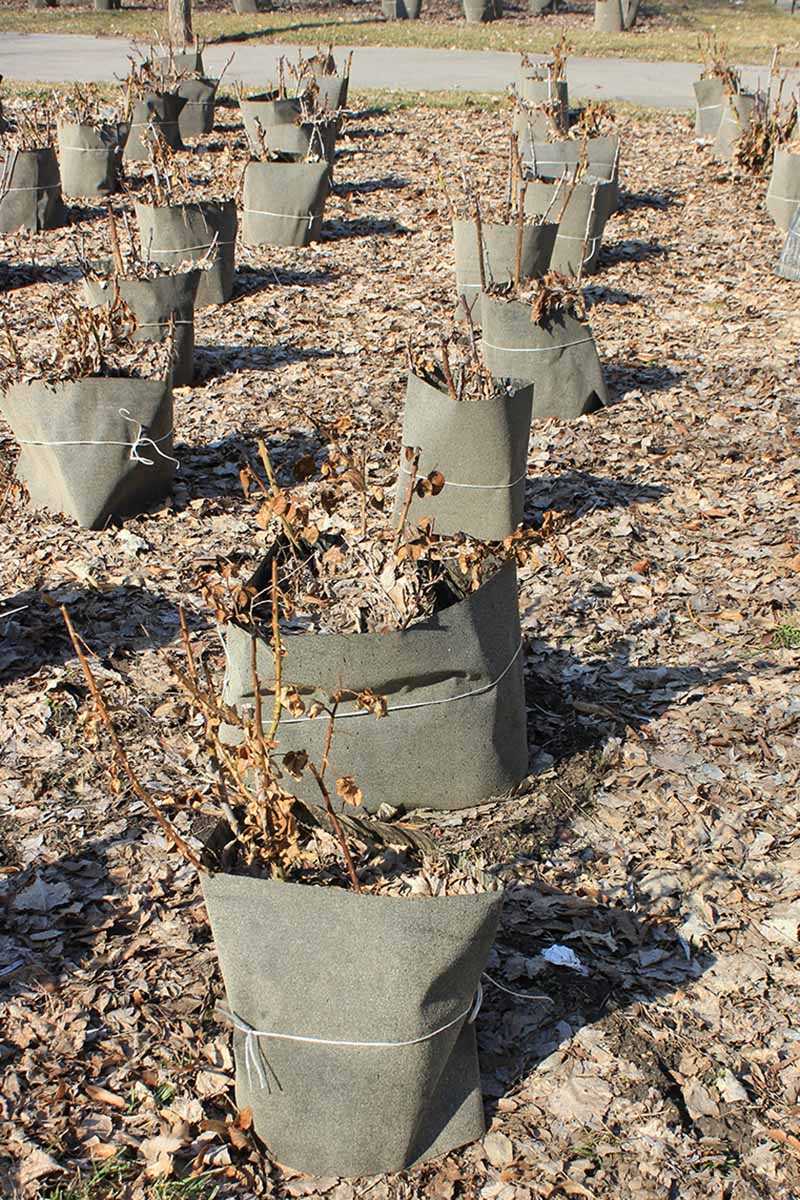
To protect your rose bush during the winter months, it is important to wrap and protect the canes. This will help prevent damage from freezing temperatures and harsh weather conditions. Here are some steps to follow:
By taking these steps to wrap and protect the canes of your rose bush, you can help ensure its survival during the winter and promote healthy growth in the spring.
Stop Fertilizing
Fertilizing your rose bushes is a crucial part of their care throughout the growing season, but it’s important to stop fertilizing as winter approaches. This allows the rose bush to enter a state of dormancy and prepare for the cold winter months ahead.
When you continue to fertilize in the fall, it can stimulate new growth that is susceptible to damage from frost and freezing temperatures. Additionally, excessive growth can make the rose bush more vulnerable to diseases and pests.
Generally, it is recommended to stop fertilizing your rose bushes about six weeks before the first expected frost date in your area. This timing allows the bushes to gradually slow down their growth and harden off, which increases their chances of surviving winter.
However, keep in mind that this timeline can vary depending on your location and climate. Consult your local gardening center or extension office for specific recommendations based on your region.
In addition to ceasing fertilization, be sure to water your rose bushes adequately before winter sets in. Hydrated roots help the plant endure the cold.
By stopping fertilization and providing proper hydration, you are taking important steps to help your rose bushes hibernate and emerge stronger in the spring.
Water the Plant Thoroughly
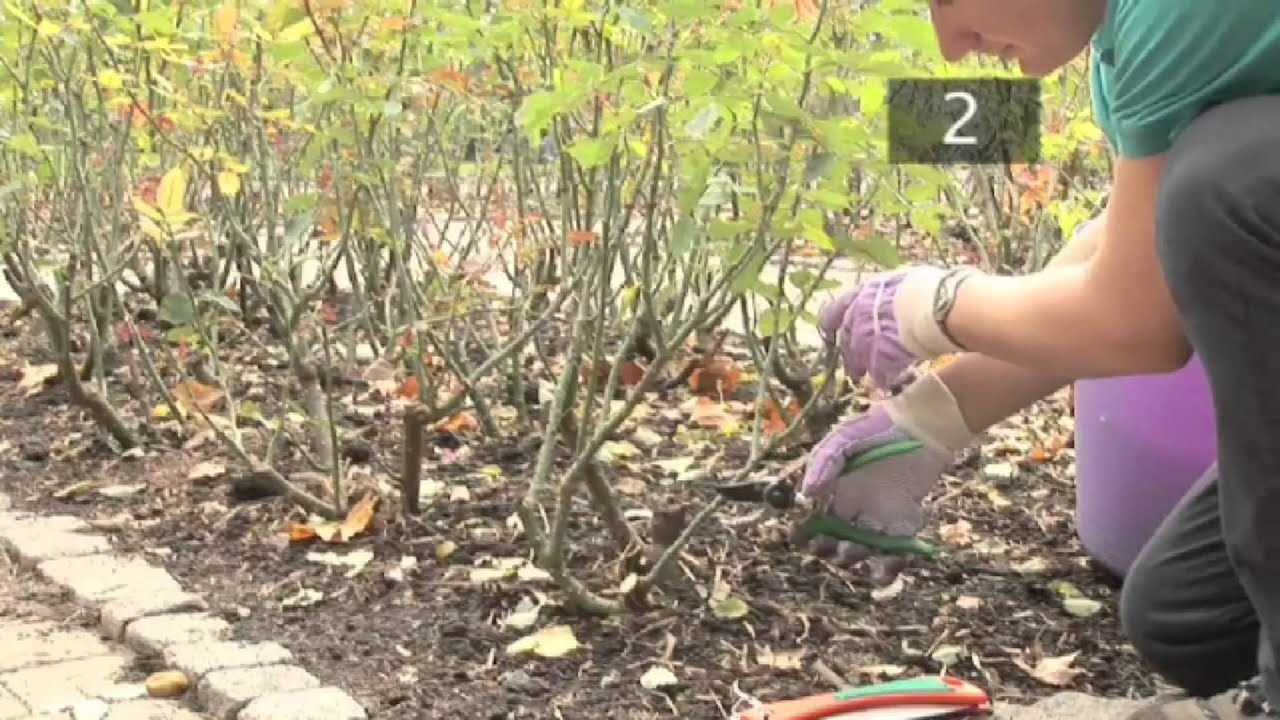
Before winter arrives, it is important to make sure that your rose bush is properly watered. Adequate watering is crucial for the plant to survive the cold weather and stay healthy. Here are some tips for watering your rose bush before winter:
By following these tips and watering your rose bush thoroughly, you are giving it the best chance to survive the winter and thrive in the following spring. Remember to adjust your watering routine based on the specific needs of your rose bush and the climatic conditions in your area.
Clean Up Fallen Leaves
One important step in preparing your rose bush for winter is to clean up any fallen leaves. Fallen leaves can create a moist environment that promotes the growth of fungal diseases, such as blackspot or powdery mildew.
To clean up fallen leaves, follow these steps:
By removing fallen leaves, you reduce the risk of disease and create a cleaner environment for your rose bush to overwinter. It also helps improve air circulation around the plant, which is essential for preventing the buildup of moisture and disease.
Note: Avoid burning the leaves, as this can release harmful chemicals into the air. Composting is an environmentally friendly option for disposing of the leaves.
Monitor and Control Pests
Pests can pose a threat to your rose bush during winter, as many insects and diseases can hibernate on or around the plant. It’s important to closely monitor your rose bush and take necessary steps to control pests.
Inspect Regularly
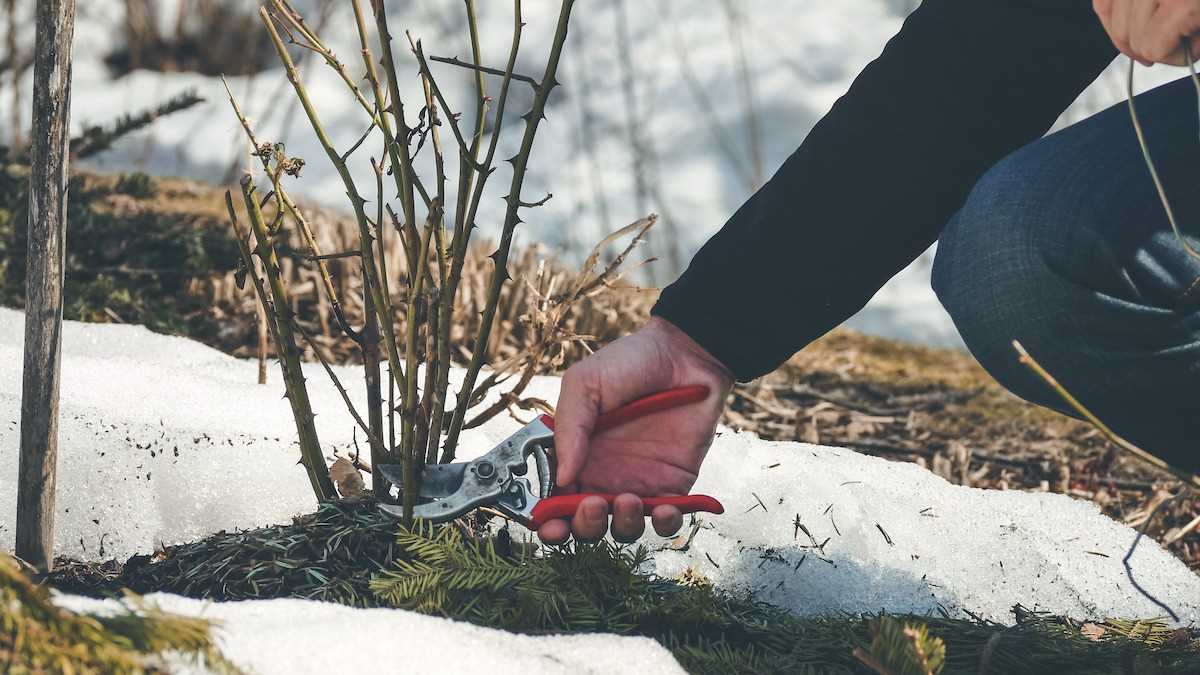
Regularly inspect your rose bush for signs of pest infestation. Look out for damage on leaves, stems, and flowers, as well as any unusual discoloration or wilting. Pests like aphids, spider mites, and rose scale can be common during winter.
Remove Infected Leaves and Prune Affected Areas
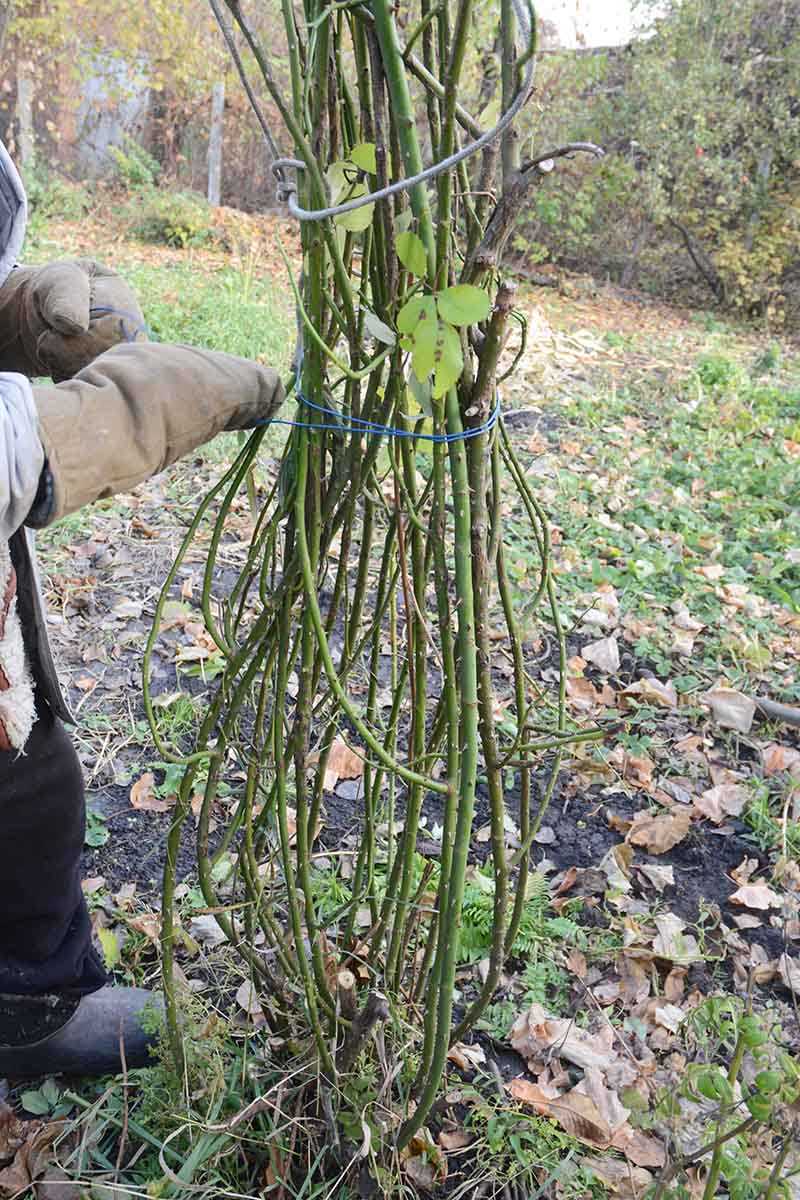
If you notice any signs of pest infestation, remove the infected leaves or prune the affected areas immediately. This will help prevent the spread of pests and diseases and protect the overall health of your rose bush.
Use Organic Pesticides
Consider using organic pesticides to control pests on your rose bush. Organic options are safer for the environment and can be just as effective. Neem oil, insecticidal soaps, and horticultural oils are some examples of organic pesticides that can help control pests without causing harm to beneficial insects.
Take Preventive Measures

Prevention is key when it comes to controlling pests. Take preventive measures like cleaning up fallen leaves and debris around your rose bush, as they can harbor pests and diseases. Additionally, avoid over-watering and over-fertilizing, as this can attract pests.
Consult a Professional
If you’re unsure about how to effectively monitor and control pests on your rose bush, it’s always a good idea to consult a professional. They can provide expert advice and recommend specific products or techniques to address your pest issues.
Summary
Monitoring and controlling pests is crucial for the health and survival of your rose bush during winter. Regular inspections, prompt removal of infected parts, and the use of organic pesticides can all help in keeping pests at bay. Remember to take preventive measures and seek professional help if needed to ensure your rose bush remains healthy and beautiful.
Questions and Answers:
How should I prepare my rose bush for winter?
To prepare your rose bush for winter, you should start by stopping fertilization about six weeks before the first frost. Then, remove any dead or diseased branches from the bush and prune it back to about half its height. Next, mound soil or mulch around the base of the bush to protect the roots from freezing temperatures. Finally, cover the bush with burlap or a breathable fabric to protect it from harsh winds and winter weather.
When is the best time to prepare my rose bush for winter?
The best time to prepare your rose bush for winter is in late fall, before the first hard frost. Depending on your climate, this is usually around October or November. It’s important to do it before the ground freezes to ensure that your rose bush has enough time to adjust to the changes and form a protective layer.
Why is it important to prepare my rose bush for winter?
Preparing your rose bush for winter is important to ensure its survival and health. Without proper preparation, the freezing temperatures and harsh weather conditions can damage or even kill your rose bush. By taking the necessary steps to protect it, you are increasing its chances of making it through the winter and thriving again in the spring.
Can I use any type of mulch to protect my rose bush during winter?
Yes, you can use various types of mulch to protect your rose bush during winter. Good options include wood chips, straw, hay, leaves, or compost. Avoid using mulches that retain excess moisture, such as peat moss, as they can cause root rot. It’s important to mound the mulch around the base of the bush, covering the graft union and a portion of the canes to provide insulation.
Should I continue watering my rose bush during winter?
No, you should not continue watering your rose bush during winter. As temperatures drop, the rose bush goes dormant, and watering it can cause excess moisture that can lead to rotting. It’s important to water your rose bush deeply and regularly in the weeks leading up to winter to ensure it has enough moisture before going into dormancy, but once winter arrives, you should stop watering.







